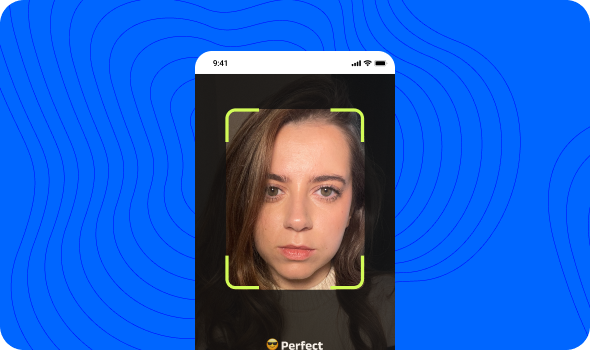The video identification system is one of the ways to verify the identity of a person online through video communication. It was created to strengthen the security of users on the Internet.
Usually, it is more credible when the person is present during certain operations. But in modern realities, online verification via video is safer and more reliable.
Previously, if you needed to open a bank account or update your data, your personal presence was required. The employee saw the client, asked questions, checked their documents, and asked for the necessary information.
This can be done online today. The advantage is that any device with Internet access is suitable for identification: a phone, tablet, or laptop. Algorithms for such verification do this in real time.
Identification by video became relevant during the lockdown period. People needed to use the services of banks and medical institutions, but they did not have the opportunity to come in person. In order not to endanger their health, video calls were introduced, so identities were verified and the necessary services were provided with their help. The same applies to people who, due to distance or physical health, cannot visit the company's office.
Why is video identification considered more reliable than meetings in person?
Video identification has emerged as a more reliable alternative to in-person meetings, especially in the business world. Here are the key benefits of this technology:
- Enhanced security measures that are difficult to replicate in face-to-face interactions.
- Utilization of real-time facial recognition and liveness detection to prevent impersonation attempts.
- Accurate identity verification through advanced algorithms and biometric data offers a higher degree of certainty.
- Elimination of geographical constraints, allowing businesses to conduct secure verifications globally without physical presence.
- Seamless record-keeping and audit trails are crucial for compliance and risk management in professional settings.
- Robust solutionswould for maintaining trust and security in professional interactions as cyber threats continue to evolve.
The main conditions for successful video verifications
▪️ good lighting
▪️ picture quality
▪️ no extra noise, the employee must see and hear you well
▪️ your call must not be interrupted
▪️ your document must be readable
The advantage of video identification is that it’s easier for the users themselves. Verifying your face will make the process of accessing applications and government services fast and secure. Fraudsters will not be able to get to the funds or personal data in your account. The flexibility of the recognition system will prevent unauthorized interference even before it begins. If a person had intentions to cheat, they would have to show themselves and confirm their identity. This reduces the likelihood of attempted money laundering or illegal financial transactions automatically.
What businesses and why need to use video verification?
Nowadays, video verification has emerged as a critical tool for businesses across various sectors. This innovative technology is revolutionizing the way companies authenticate identities, ensure compliance, and mitigate fraud risks. As remote interactions become increasingly common, businesses are turning to video verification to establish trust and security in their operations.
Several industries are at the forefront of adopting video verification:
- Financial Services: Banks and fintech companies use it to comply with KYC regulations, secure online identity quizzes, smooth the onboarding process and prevent financial fraud.
- Healthcare: Telemedicine providers leverage video verification to ensure patient identity and maintain confidentiality.
- Remote Hiring: HR departments utilize it to authenticate candidates during virtual interviews.
- E-commerce: Online retailers implement video verification to combat payment fraud and protect customer accounts.
- Gambling and iGaming: These platforms use it to verify the age and identity of high-risk players, ensuring regulatory compliance.
- Real Estate: Agencies conduct remote property viewings and verify potential buyers or tenants.
The adoption of video verification is not just a temporary shift but a significant industry trend. It offers a perfect blend of security, convenience, and compliance, making it indispensable in our increasingly digital world. As businesses strive to balance user experience with robust security measures, video verification stands out as a solution that meets both needs effectively.
